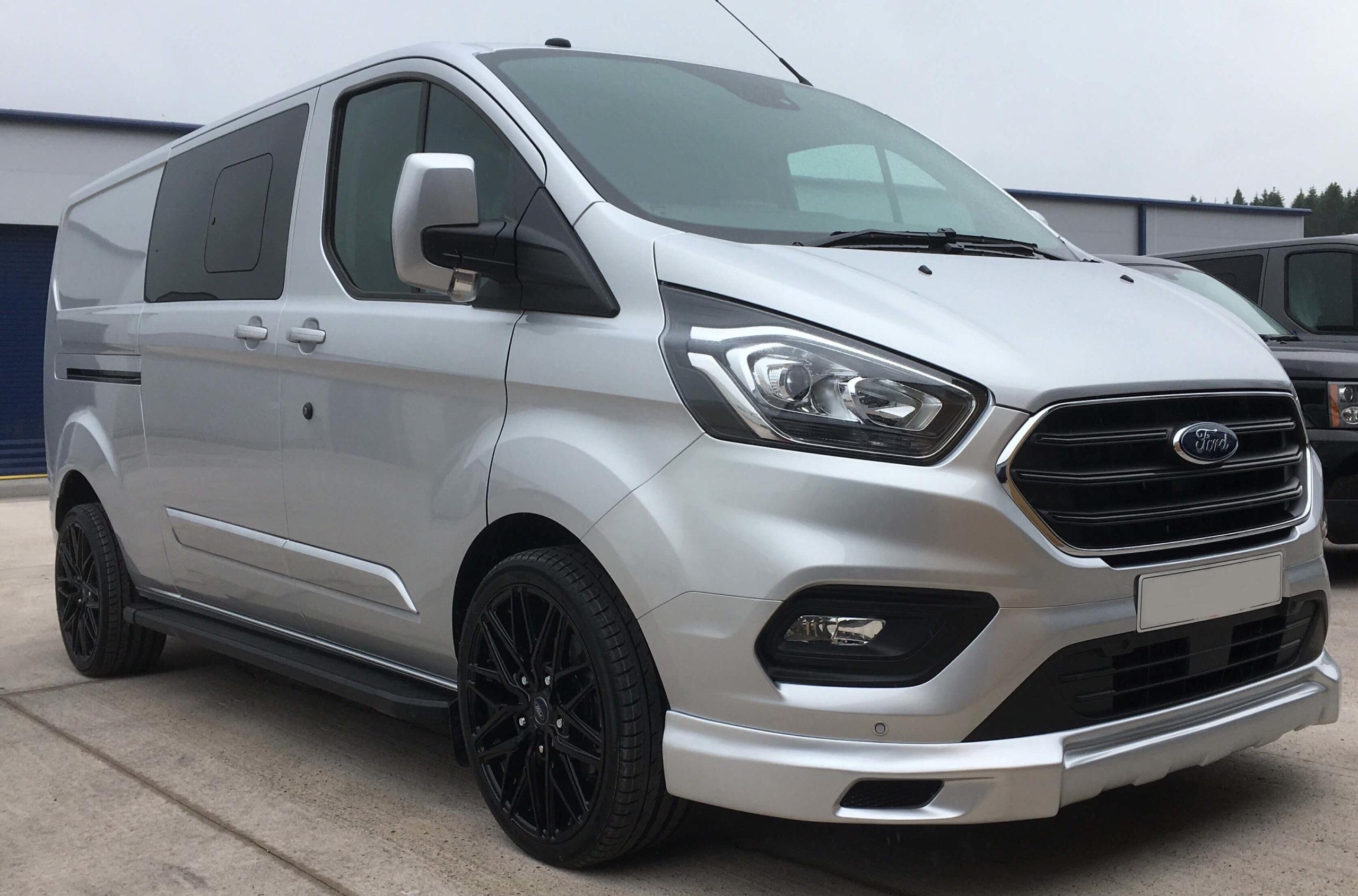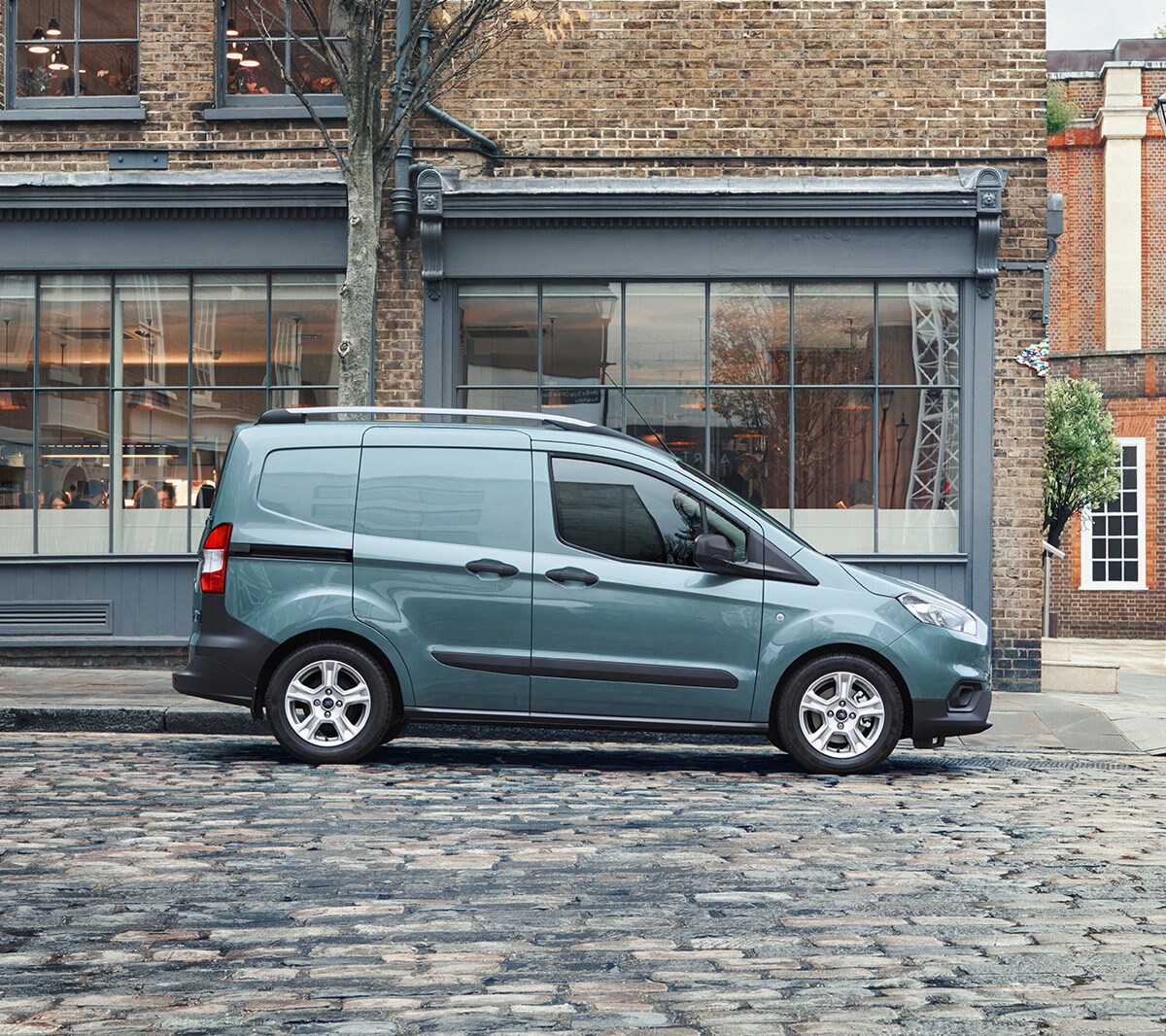You’ve decided that you need a new van for your company, and it has to be able to transport all of the products you’re going to be dealing with, so a regular van, what some might call a short wheelbase van, won’t do. At this point, you might be wondering, ‘what is a long wheel base van?’ After all, if a small wheel base van is too small, surely a long wheel base van would be ideal for you? That may well be true. If you’re searching for a long wheel base van, you’ll need to know as much about them as possible, to ensure you are buying the right vehicle for your business.
Different Types Of Long Wheel Base Vans
Let’s start with the many kinds of long wheelbase vans and how to choose one. Each of the major sectors in the van market offers choices with varying wheelbases, resulting in a tremendous amount of choice in the market when it comes to transporting various loads. You can get anything from an extra long wheel base can to a high top long wheel base van, and much more besides.
Some will refer to all vehicles in the biggest panel van class as ‘long wheel base vans.’ It’s reasonable given the size of these vehicles in the first place, but large panel vans, like other vans in other classes, are also available in short and medium wheelbase configurations. That’s why such things as the long wheel base small vans exist. Long wheel base vans are simply the longest variant of any vehicle with a choice of wheelbase lengths.
If you need a long wheelbase van, it is possible that a normal wheelbase vehicle from a bigger class of van will be more suitable. It’s worth noting that bigger vans weigh more, which may decrease payload capacity, and that not all long vans have a longer wheelbase; some merely have a longer rear overhang to accommodate more luggage. This is why it’s crucial to get your information right, so you know what long wheel base van dimensions you actually need.
Main Benefits Of A Long Wheel Base Van
As you probably already know, whether you choose a long wheel base Luton van or a Ford long wheel base van, or anything else that might be on the market, there are many different benefits to purchasing a long wheel base crew cab van. Read on to find out what some of these advantages are.
Greater storage space:
Of course, if you purchase a long wheel base van, you will have a larger storage area in the rear. You may want to use your van for commercial purposes and need the capacity to transport big tools and equipment from point A to point B. A larger area in the back is also a huge plus if you intend on converting your van and turning it into a home away from home, or for any other reason. More space is always preferable to less. An LWB vehicle provides this extra space for whatever you might need it for.
A more pleasant ride:
Because the wheels on an LWB are spaced farther apart, when you encounter a bump on the road on your trip, the period between the front and rear wheels traveling over an uneven surface will be longer. This will result in a smooth and pleasant ride for the whole journey.
Better fuel economy:
With a less sporty feel compared to a short wheel base van, drivers will often drive a long wheel base van more carefully and slowly. As a consequence, less gasoline is used, and total fuel efficiency improves.
Good for business:
In a world where the internet drives companies, it is much simpler to establish a service start-up and become a self-made professional. A van may be the sole vehicle that meets all of your fledgling company’s needs. If you are a caterer, a tradesperson such as an electrician or plumber, a people mover, a business cleaner, a musician with band equipment, and so on, a van will work for you and give you everything you need for a great price.
Driving A Van
When you’re buying a van, it can be disconcerting to think that you’ll also have to drive it. Small wheelbase vans aren’t often so problematic, but a long wheel base van can be a worry, as it’s obviously rather different from a car. Here are some tips for driving a larger van that might help you, and ensure you buy the correct vehicle for your needs (rather than the one you assume you’ll be most comfortable in).
The lack of rear windows may seem odd at first, but remember that you have large wing mirrors to compensate for this. Some vans even have separate blind spot mirrors; they are an essential safety feature, so make use of them.
Before you leave, you should adjust your seat so that your feet can securely reach the pedals. Next, adjust your wing mirrors so you can see what’s behind you. You should now begin to get a sense of the size of the vehicle. Most vans are at least two meters tall, so don’t attempt to squeeze over a standard-sized barrier. You should also be aware of limited routes – if there are any roads with width limitations, many vans will not fit, or will fit very narrowly. Wherever possible, avoid using small roads. If you are unsure, plan your route ahead of time.
Before you put the key in the ignition, familiarize yourself with the van’s essential controls. Find the indicators, wipers, danger lights, fuel cap, headlights, and horn. Check the number of gears in your gearbox. If it has a sixth gear, it is excellent for lengthy highway trips – it will save you money on gas.
If you’re transporting a lot of goods, the manner you load your van is essential – it may seem obvious, but always put the heaviest, more substantial objects in the van first. Tie up any tall things you’re carrying so they don’t fall. Distribute the weight equally, with any especially heavy objects in the centre.
Modern vans are strong, with car-style transmissions and power steering, so you shouldn’t have any issues driving them. An essential consideration: if you’re driving a fully-loaded, larger van, consider how long it will take you to stop; it will be longer than in a standard vehicle.
Take turns slower and wider, but most importantly, relax and remember to brake and corner softly. Do not even try to drive your van like a car since if you drive too fast or make too many moves, your cargo will certainly shift, posing a driving danger in and of itself.
As a general rule, driving a van is better done at a slower speed. So make sure you plan ahead of time for your trip.


 Small Van
Small Van